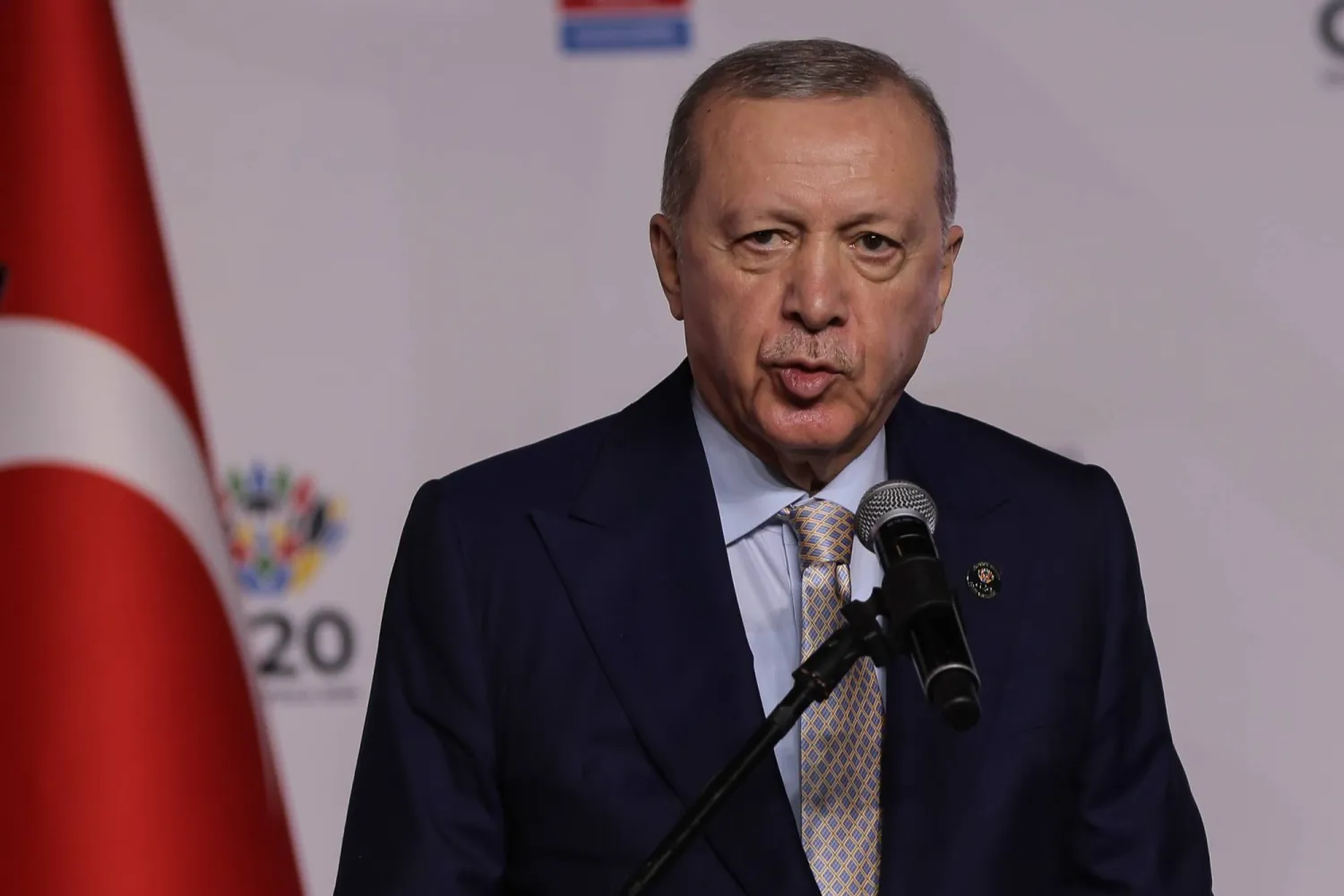Rains fell on parts of earthquake-hit Myanmar over the weekend, which aid agencies said could complicate relief efforts and raise the risk of disease as the United Nations aid chief said more tents were needed to shelter those left homeless.
The death toll from the powerful quake that hit on March 28 rose to 3,471, state media reported, with 4,671 people injured and another 214 still missing.
Aid agencies have warned the combination of the unseasonable rains and extreme heat could cause outbreaks of disease, including cholera, among quake survivors who are camping in the open.
"Families sleeping outside the ruins of their homes while bodies of loved ones are pulled from rubble. Real fear of more quakes," visiting UN aid chief Tom Fletcher said in a post on X.
"We need to get tents and hope to survivors as they rebuild their shattered lives," he said, adding strong, coordinated action was the key to saving as many lives as possible.
Myanmar's neighbors, such as China, India and Southeast Asian nations, are among those that dispatched relief supplies and rescuers over the past week to aid the recovery effort in quake-hit areas that are home to about 28 million people.
The United States, which was until recently the world's top humanitarian donor, has pledged at least $9 million to Myanmar to support earthquake-affected communities but current and former US officials say the dismantling of its foreign aid program has affected its response.
Three US Agency for International Development workers who had travelled to Myanmar after the quake were told they were being let go, Marcia Wong, a former senior USAID official, told Reuters.
"This team is working incredibly hard, focused on getting humanitarian aid to those in need. To get news of your imminent termination - how can that not be demoralizing?" Wong said.
In neighboring Thailand, authorities said that country's death toll from the quake had risen to 24. Of those, 17 died at the site of a skyscraper in the capital, Bangkok, that collapsed while under construction. A further 77 were still missing there.
CEASEFIRE BREACHES
Myanmar's military has struggled to run the country since overthrowing the government of Nobel laureate Aung San Suu Kyi in 2021, leaving the economy and basic services, including healthcare, in tatters, a situation exacerbated by the quake.
The civil war that followed has displaced more than 3 million people, with widespread food insecurity and more than a third of the population in need of humanitarian assistance, the UN says.
While a ceasefire was declared on Wednesday, the UN Office of the High Commissioner for Human Rights said on Friday the junta was restricting aid in areas that did not back its rule. It also said it was investigating reported attacks by the junta against opponents, including after the ceasefire.
A junta spokesperson did not respond to calls seeking comment.
Free Burma Rangers, a relief group, told Reuters on Saturday that the military had dropped bombs in Karenni and Shan states on Thursday and Friday despite the ceasefire announcement, killing at least five people.
The victims included civilians, according to the group's founder, David Eubank, who said there had been at least seven such military attacks since the ceasefire.









